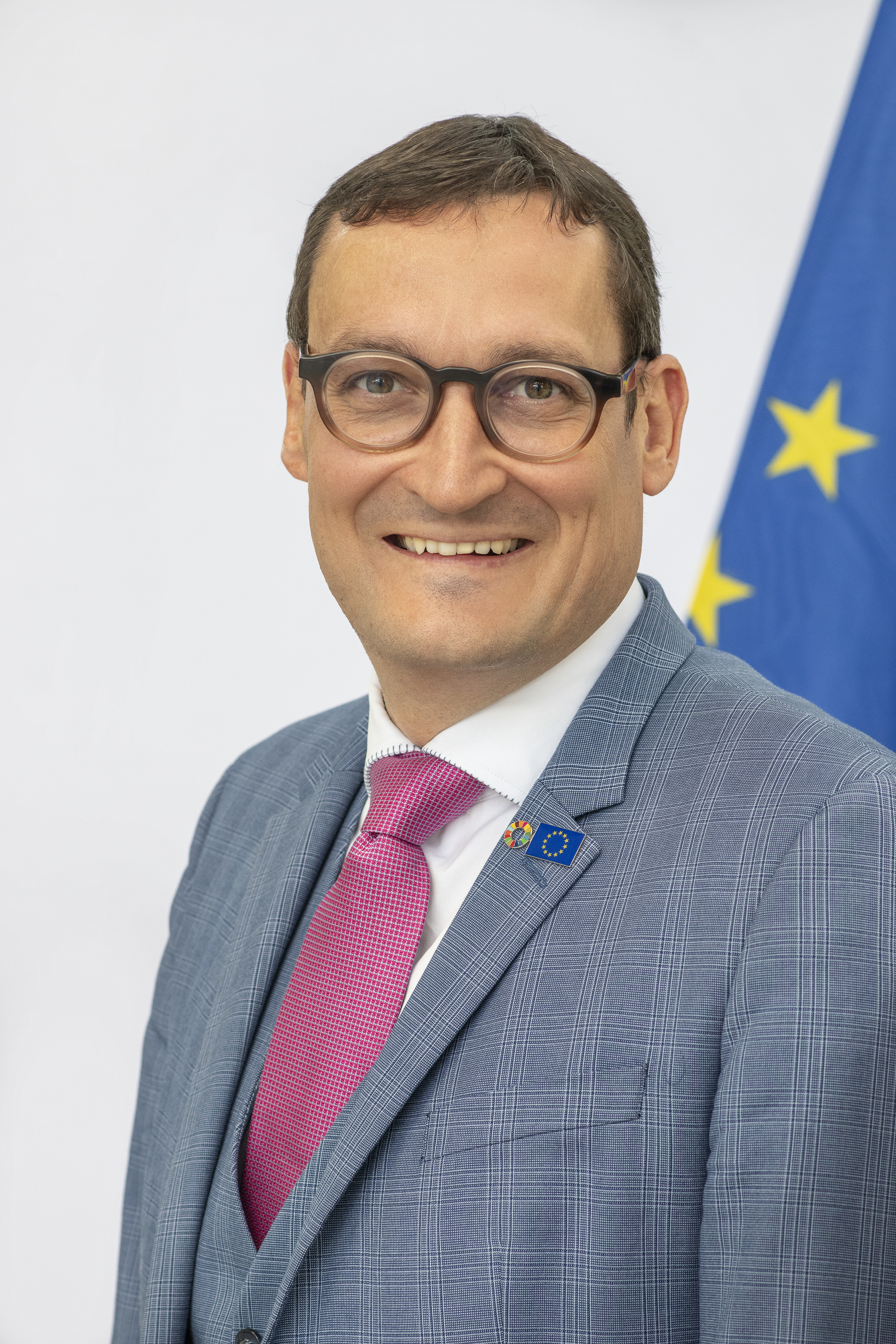Highlights from the Executive Director

date: 16/12/2022
Dear readers,
As 2022 is approaching its end, and we start looking at the year to come, it’s good to stop for a minute and acknowledge the remarkable changes – and challenges - that this year has brought for Europe and for its energy systems. One crisis after the other, clean hydrogen power has emerged as indispensable to Europe’s competitiveness, for its economic recovery, for its energy sovereignty and for achieving its climate goal of limiting global warming to 1.5 degrees Celsius.
President Ursula von der Leyen said in her State of the Union speech in September this year, “hydrogen can be a game changer for Europe”. But we need to move our hydrogen economy from niche to scale and we need to do it fast. We need solid investments; we need to increase production of clean hydrogen and get big projects up and running and we need to educate and train people.
As calls mount for faster deployment of hydrogen technology, the Clean Hydrogen Partnership is ready to contribute. We have already started this year with our first call for proposals, which has allocated over €300 million for supporting projects that boost renewable hydrogen production, reduce its costs, develop its storage and distribution solutions, and stimulate the use of low carbon hydrogen in hard to abate sectors, such as energy intensive industries, aviation or heavy-duty transport. It was the biggest call ever of the JU.
We must double the number of Hydrogen Valleys in Europe, to reach 50 valleys by 2030 and already more than 50 potential hydrogen valleys were identified. The Mission Innovation Hydrogen Valleys Platform is monitoring the implementation status and is currently being updated. At regional level, we also had a High interest across European and Outermost regions for the Clean Hydrogen Partnership's call for Project Development Assistance (PDA). We are looking forward to working with the selected regions as of next year.
Among others, REPowerEU sets a target of 10 million tonnes of domestic renewable hydrogen production and 10 million tonnes of renewable hydrogen imports by 2030. We need to work in synergy to be able to do this. Decisions on large investments must be synchronised and we must work in synergy to connect projects, to create a snowball effect and build a strong market.
Moreover, we need to join forces with other available programmes to continue to support research at an early stage and ensure that we share learnings and maximize efficiency. The collaboration we started this year with the European Innovation Council and SMEs Executive Agency is only the beginning. Its aim is to facilitate the knowledge exchange on grants, projects and companies working on clean hydrogen and to accelerate the market uptake of the grantees.
Hydrogen technologies have developed at a very fast pace, but we also need an adequate regulatory framework to follow and to provide the clarity and the order needed for the investments in hydrogen to continue to the rate that they are needed. Many developments are expected in this area next year in the EU (the delegated acts clarifying EU rules applicable to renewable hydrogen, AFIR, the Gas package, RefuelEU Aviation package – to mention a few).
Last but not least, we cannot overlook the fact that we have reached this point following years and years of cutting-edge research and innovation; the 2022 Programme Review is now available, and it provides a comprehensive picture of our activities and in particular of our projects.
Moving forward to the hydrogen future, I wish you all Happy Holidays and a peaceful 2023 fuelled by clean energy and optimism.
